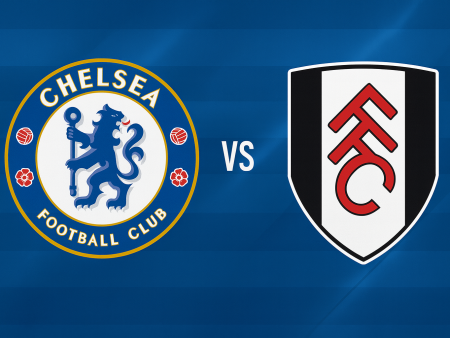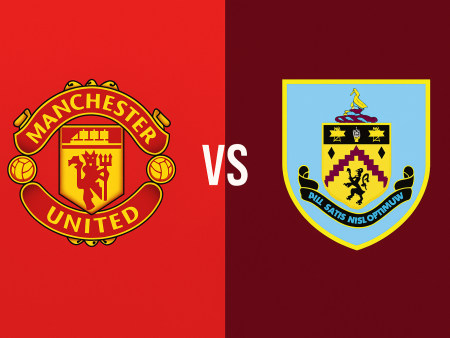Paulo Fonseca’s AS Roma: In-Depth Tactical Analysis of the 2020-21 Season
Introduction: AS Roma’s Evolution Under Paulo Fonseca
Since Paulo Fonseca’s arrival, AS Roma have enjoyed arguably their most promising spell in recent years, making significant strides in European competition while facing continued challenges domestically. Fonseca, known for his title-winning run at Shakhtar Donetsk and a remarkable 74% win rate there, took the helm at Roma and swiftly steered the club back towards relevance. His debut season saw Roma secure fifth place in Serie A, ensuring Europa League football. In the following campaign, the team reached the semi-finals of the Europa League, illustrating clear improvement in European competition, despite finishing only seventh in Serie A.
The Shift to a 3-4-2-1 Formation
Paulo Fonseca began his Roma tenure with a traditional 4-2-3-1, but a late-season tactical shift to a 3-4-2-1 formation proved instrumental in solidifying results - Roma went on a run of seven wins and a draw in eight league games. That transformation continued into the 2020-21 season, forming the backbone of Roma’s system.
Key changes accompanied this formation:
- **Lorenzo Pellegrini** moved from a classic #10 “trequartista” role to function as an inverted winger.
- **Bryan Cristante** transitioned from central midfield into a ball-playing role at the heart of a three-center-back line, acting as a libero flanked by Roger Ibanez and Gianluca Mancini.
- **Chris Smalling**, once a mainstay, faced injuries and reduced minutes but remained a rotation option.
- **Wing-backs** became critical with Rick Karsdorp and Leonardo Spinazzola providing width, consistently contributing with assists and attacking support.
The midfield was fiercely contested. Jordan Veretout's goal contributions, Gonzalo Villar’s passing range, and Pellegrini’s and Cristante’s versatility gave Fonseca plenty of options. In the attacking third, Henrikh Mkhitaryan was a fixture behind the striker, while Borja Mayoral emerged as a prolific scorer, gradually replacing Edin Dzeko as the central forward.
Building Play from the Back: Structured Possession and Distribution
Central to Fonseca’s philosophy is a commitment to building out from the back with short passing and patient, methodical possession play. This structure features:
- A natural back three (Cristante/Ibanez/Mancini) spreading wide to create passing lanes.
- Goalkeepers (Pau Lopez or Antonio Mirante) actively participating in early build-up, often stepping several meters outside the box to form a temporary four-man line.
- Emphasis on ball retention and breaking lines through central corridors, typically involving Veretout and Cristante/Villar.
- Both wing-backs maintain high positions, stretching the opposing defense and facilitating wide overloads, particularly on the left where Roma spend approximately 38% of attacking time.
This positional discipline aims to progress play safely while occasionally risking vulnerability to high presses due to the advanced positioning of the goalkeeper and defenders.
Attacking Mechanics: Central Penetration and Overloads
Fonseca’s Roma favors centrally-focused attacks augmented by clever movement and fluidity among midfielders and forwards. Key features include:
- Leading Serie A and the Europa League in through balls attempted and completed, highlighting their vertical, direct style through the middle.
- Attacking midfielders (Mkhitaryan and Pellegrini) operate just behind the striker, often close enough to interact as a front three and facilitate one-touch combinations.
- Strikers adapt to tactical needs: Dzeko’s aerial dominance and strength contrast with Mayoral’s mobility and off-the-ball movement.
- Jordan Veretout regularly arrives late into the box, timing his runs to maximize through-ball opportunities, adding significant goal output from midfield.
- Wide players like Karsdorp and Spinazzola deliver a moderate number of crosses but contribute significantly in chance creation, combining for nine assists over the season.
The squad also boasts strong dribblers, with Mkhitaryan, Spinazzola, and Pellegrini excelling at beating their marker and creating opportunities independently. Only two Serie A teams (Juventus and Sassuolo) completed more dribbles per game than Roma during the 2020-21 season.
Defensive Structure: Pressing, Transitions, and Weaknesses
Despite an enterprising attack, Roma’s defensive prowess lagged behind. They conceded 47 goals in 31 league matches, a record outpaced by all but eight other Serie A teams and outstripped only by Sassuolo among the top ten.
Fonseca’s defensive approach relies on:
- A man-oriented pressing scheme, shifting to a 3-4-1-2 when pressing high, dropping into 5-3-2 in deeper phases.
- One attacking midfielder drops to mark the opposition’s deep playmaker, channelling play towards the flanks to isolate and win possession.
- However, the team struggles when the opposition breaks their initial press, particularly in transition. Commitment of multiple midfielders forward often leaves the defense exposed to quick counters.
Statistical insight underscores these challenges:
- Roma attempted far more tackles than they were able to successfully win; only Verona won fewer tackles in Serie A.
- The team ranked fifth for interceptions per game, suggesting a team structured well to read play but lacking the athleticism or physicality to consistently halt dribblers and runners.
Key Players and Positional Dynamics
Here’s a summary of core roles and contributors in Fonseca’s setup:
| Position | Key Players | Notable Contributions |
|---|---|---|
| Goalkeeper | Pau Lopez, Antonio Mirante | Ball distribution, advanced positioning in build-up |
| Center Backs (3) | Cristante, Ibanez, Mancini, Smalling | Ball progression, wide build-up, Cristante as libero |
| Wing-backs | Karsdorp, Spinazzola | Assists, attacking width, overlapping runs |
| Central Midfield | Veretout, Villar, Pellegrini | Vertical passing, box arrivals, attacking support |
| Attacking Midfielders | Mkhitaryan, Pellegrini, Pedro | Creativity, goal involvement, dribbling |
| Strikers | Dzeko, Mayoral | Aerial threat, link-up play, goals |
Season Summary and Outlook for AS Roma
While Serie A results under Fonseca during 2020-21 did not meet the club’s traditional standards, Roma showcased measured progress in European competition. The transformation of players like Cristante and Veretout into new roles, revitalization of experienced talents like Mkhitaryan, and emergence of new attacking threats all point to positive tactical evolution. Defensive vulnerabilities remained the biggest obstacle to achieving a higher league position; bolstering this area with more athletic and defensively astute players will be crucial for future progress.
Despite lingering concerns, Roma’s tactical growth and Europa League run underscore the impact of Fonseca’s leadership and signal a foundation for renewed ambition.
Further Reading on Paulo Fonseca’s Tactical Philosophy
For readers interested in Paulo Fonseca’s coaching methods and tactical nuances, explore these additional resources:
- What Spurs Fans Can Expect of Paulo Fonseca and His Tactics
- Erik Ten Hag - Ajax - Tactical Analysis
- Mauricio Pochettino - PSG - Tactical Analysis
- Simone Inzaghi - Lazio - Tactical Analysis
Video Analysis: Fonseca’s Tactical Blueprint
Discover a visual breakdown of Fonseca’s strategies by watching this in-depth YouTube analysis, which details his approach to entertaining football both at Roma and in Football Manager simulations.
Conclusion
Under Paulo Fonseca’s stewardship, AS Roma evolved into a side defined by brave possession-oriented football and inventive attacking play. While defensive frailties persisted and league results fluctuated, Roma’s run to the Europa League semi-finals highlighted the effectiveness of Fonseca’s tactical ideas on the European stage. With continued adjustments and targeted recruitment, the Giallorossi can build on this foundation in seasons to come.













